For a Healthy Life and Career
Your Go-To Hub for Tools to Thrive—In Life, Health, and Work
Welcome to your one-stop hub for resources designed to help you thrive—both in life and in your career.
Whether you're looking for strategies to boost your daily health, templates to increase workplace productivity, or ways to energize your body, we’ve got you covered.
Browse through our curated tools and start making small, impactful changes that lead to a healthier, more balanced life.
Ready to take the next step?
Explore our resources below!


6 Strategies for a Healthy Day
Kickstart your day with these six essential strategies to help you feel more energized, focused, and balanced. Implement these small changes and see big improvements in how you manage your time, health, and well-being.
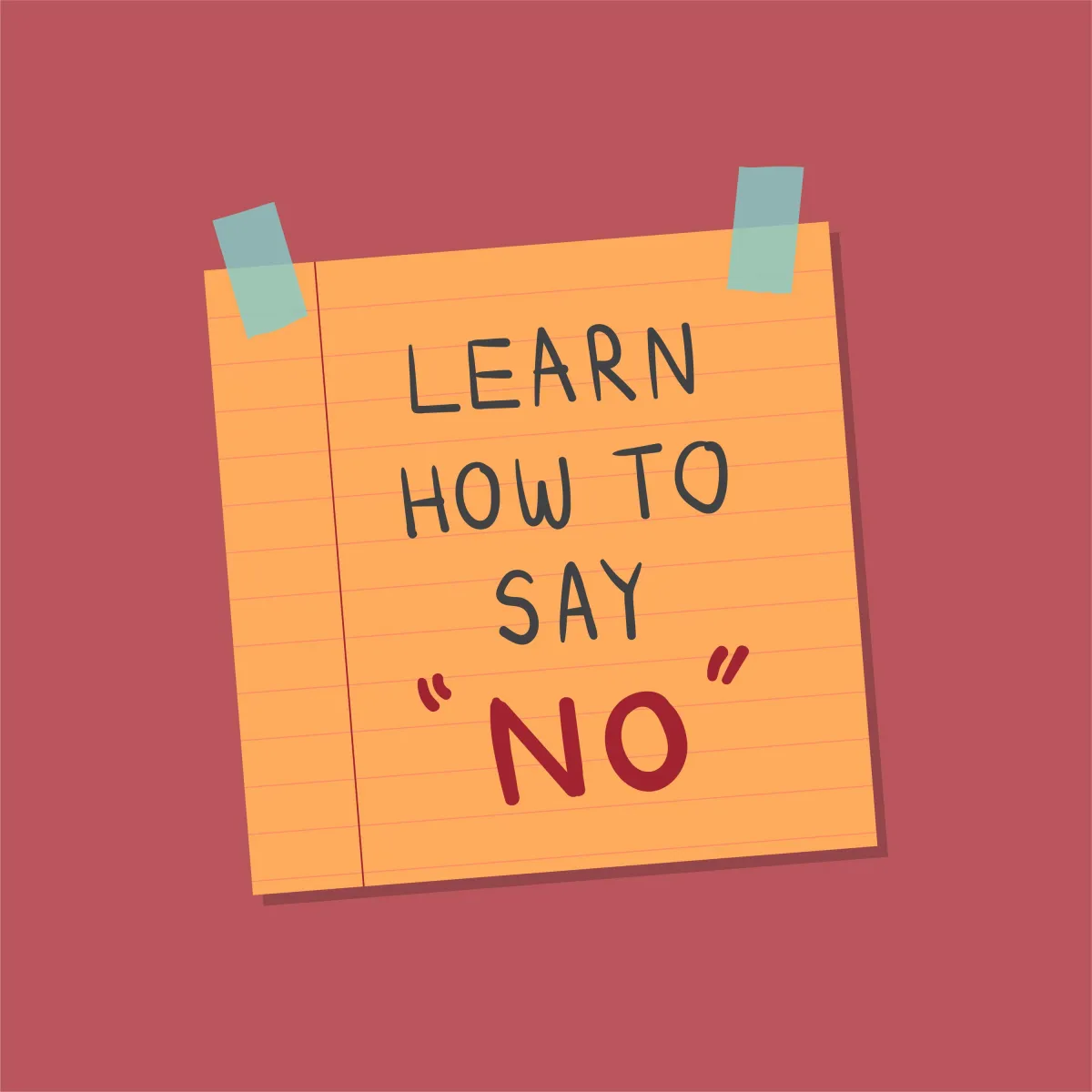
The Art of Saying No
Struggling to set boundaries?
Learn how to protect your time and energy by mastering the art of saying "no" gracefully. This guide will help you prioritize what truly matters, while saying goodbye to overwhelm.

Walking Challenge – Coming Soon
Stay tuned for our upcoming Walking Challenge!
Designed to motivate you to move more and improve your daily step count, this challenge is an easy, fun way to stay active, track progress, and feel great.

Get a Strong Body – Transform Your Mornings and Health
Looking to build strength and reduce stress?
Follow the same Bodi programs that transformed my mornings and helped me get into the best shape of my life. After 6 years of using these programs, I loved them so much that I became an affiliate to share my journey with others.
Want to try it out for yourself? Start with this free fitness quiz to get personalized recommendations. Or, jump right into the full package that I personally recommend—featuring my favorite Lemon Energize and Chocolate Recover products!
One-on-One Agenda Template
Make the most out of your one-on-one meetings with this easy-to-use template. Whether you're leading the meeting or attending as an employee, this tool helps ensure that every conversation is focused, productive, and actionable.
Have questions or need more guidance?
Reach out and we’ll help you navigate the tools that can lead to a healthier life and a more productive career.
Book Recommendations for Leaders
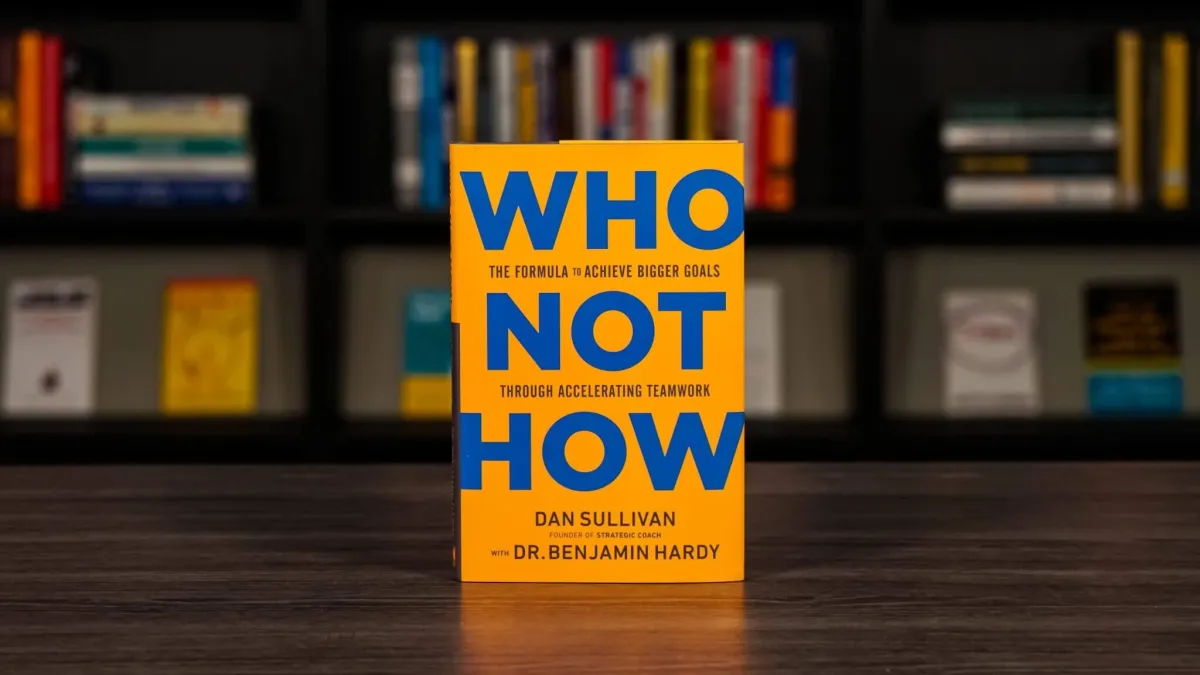
Who Not How
By Dan Sullivan and Dr. Benjamin Hardy
"Who Not How" by Dan Sullivan and Dr. Benjamin Hardy is a transformative guide that redefines productivity and success by emphasizing the importance of collaboration over solitary effort. As a leadership coach dedicated to empowering overwhelmed women, I found this book to be an invaluable resource that offers practical insights and actionable strategies to alleviate the burden of trying to do everything alone.
The central premise of the book challenges the traditional notion of individual effort. Sullivan and Hardy assert that instead of asking, "How can I accomplish this?" we should ask, "Who can help me achieve this?" This shift in mindset is particularly pertinent for women juggling multiple roles and responsibilities, often feeling the weight of the world on their shoulders. By embracing the "Who" approach, they can delegate tasks, seek support, and leverage the expertise of others, ultimately leading to more efficient and less stressful outcomes.
One of the book's strengths is its clear and compelling narrative, supported by real-life examples and case studies. Sullivan and Hardy illustrate how successful individuals and organizations have thrived by focusing on their unique abilities and entrusting other experts to handle complementary tasks. For women feeling overwhelmed, this approach offers a pathway to reclaiming their time and energy, allowing them to focus on what truly matters and brings them joy.
As a leadership coach, I appreciate how the book underscores the importance of building and nurturing a supportive network. It encourages readers to identify and connect with individuals who can provide the necessary skills, knowledge, and resources to achieve their goals. This perspective is empowering for women who often struggle with feelings of isolation and imposter syndrome. By recognizing that seeking help is a strength, not a weakness, they can foster a collaborative environment that enhances their personal and professional growth.
The book also addresses common psychological barriers that prevent individuals from adopting the "Who" mindset. It delves into the fears and limiting beliefs that lead to micromanagement and self-reliance, offering practical techniques to overcome these obstacles. This aspect is particularly relevant for women who may feel guilty about delegating or fear being perceived as incapable. Sullivan and Hardy provide reassurance and strategies to build confidence in relying on others, thereby reducing the sense of overwhelm.
In conclusion, "Who Not How" is a must-read for anyone looking to enhance their productivity and well-being through the power of collaboration. For women grappling with overwhelm, this book offers a refreshing perspective and practical tools to navigate their challenges. By shifting the focus from "How" to "Who," they can unlock new possibilities, reduce stress, and lead a more balanced and fulfilling life. Sullivan and Hardy's insights are not just theoretical but actionable, making this book a valuable addition to any leadership coach's toolkit.
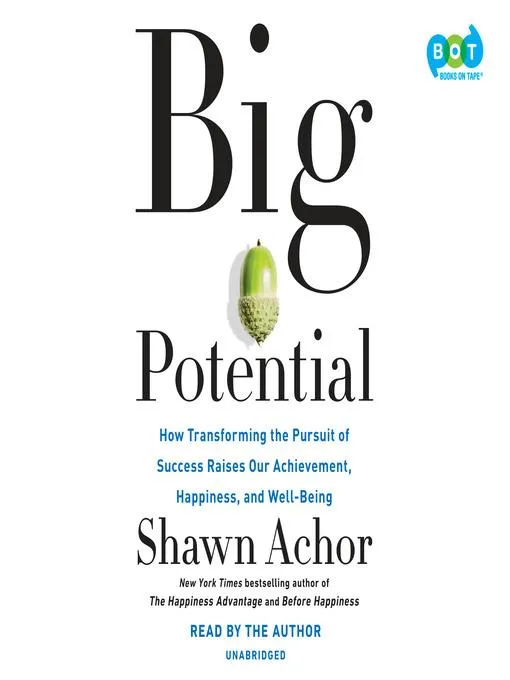
Big Potential
by Shawn Achor
Recently, I finished a great listen called Big Potential by Shawn Achor. Towards the end of the book, there is an intriguing analogy about an object in motion not staying in motion due to friction and life's forces like gravity. In our human motion, our friction can be the distractions, stresses, and self-doubt that prevent us from moving towards our goals.
Achor argues that we need some positive unbalanced force to help propel us in the right direction.
This force can sometimes come from within, but it often also needs to come from our surroundings.
Achor expands on this idea by exploring the concept of potential. Traditionally, potential is viewed as something inherent within an individual. However, Achor presents a compelling case that potential is actually amplified when we connect with others and create supportive networks. He draws on extensive research and numerous real-life examples to illustrate how collaboration and mutual support can exponentially increase our success and well-being.
One of the key takeaways from the book is the notion of 'small potential' versus 'big potential.' Small potential is what we achieve alone, while big potential is what we can accomplish with the help and support of others. Achor emphasizes that our success is not limited by our isolated efforts but can be significantly expanded when we engage with others positively. This approach aligns with the principles of positive psychology, which Achor is known for, and highlights the importance of fostering environments where everyone can thrive.
Achor introduces practical strategies to harness this big potential. For instance, he discusses the importance of creating positive ecosystems, where the success of one person elevates others. This can be applied in various contexts, such as workplaces, schools, and communities. By promoting a culture of support and encouragement, we can create a ripple effect of positivity and growth.
Moreover, Achor delves into the science of happiness and how it relates to potential. He explains that happiness is not just a result of success but a precursor to it. When we are happy, our brains are more engaged, creative, and resilient, which in turn helps us achieve our goals more effectively. Therefore, cultivating a positive mindset and environment is crucial for unlocking our big potential.
Throughout the book, Achor provides actionable advice and exercises to help readers apply these concepts in their own lives. For example, he suggests practices such as expressing gratitude, building strong social connections, and fostering a growth mindset. These practices are designed to help individuals and groups move past their friction points and maintain momentum towards their goals.
In conclusion, Big Potential is a thought-provoking and inspiring read that challenges the conventional notion of individual success. Shawn Achor's insights into the power of collective effort and positive environments offer valuable lessons for anyone looking to achieve greater success and fulfillment. By understanding and leveraging the interconnected nature of our potential, we can overcome the frictions in our lives and achieve more than we ever thought possible. I highly recommend this book to anyone interested in personal development, positive psychology, and the science of happiness.
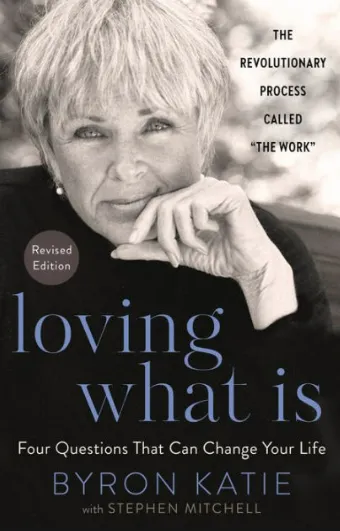
Loving What Is
by Byron Katie
Loving What Is by Byron Katie is a transformative book about self-inquiry and personal growth. Katie introduces a simple yet profound process called "The Work," which consists of four essential questions that help readers challenge their negative thoughts and beliefs. This method of self-inquiry is a powerful tool for breaking free from the mental patterns that cause suffering and for finding peace and clarity in the present moment.
The core of Katie's philosophy is based on the understanding that it is not our experiences themselves that cause us pain, but rather our thoughts and beliefs about those experiences.
She encourages readers to question the validity of their thoughts, particularly those that lead to stress, anxiety, and unhappiness. The four questions of "The Work" serve as a guide to help individuals examine their thoughts critically and to recognize when they are not aligned with reality.
The four liberating questions areIs it true?
This first question invites us to pause and reflect on whether the belief or thought we are holding onto is actually true. So often, we accept our thoughts at face value without questioning their validity. Katie encourages us to look more deeply and to consider whether there is any objective truth to what we are thinking.
Can you absolutely know that it’s true?
The second question takes the inquiry a step further by challenging us to consider whether we can be absolutely certain that our thought is true. This question exposes the inherent uncertainty in most of our beliefs and opens up the possibility that there might be another perspective we haven't considered.
How do you react when you believe that thought?
This question encourages us to explore the emotional and physical reactions that arise when we hold onto a specific belief. It helps us understand how our thoughts influence our feelings, behaviors, and overall well-being. By becoming aware of the impact of our thoughts, we can begin to see how they may be contributing to our suffering.
Who would you be without the thought?
The final question invites us to imagine how we would feel and behave if we did not have the thought that is causing us pain. This question is particularly powerful because it helps us envision a version of ourselves that is free from limiting beliefs and negative thought patterns. It offers a glimpse of the peace and freedom that are possible when we let go of unhelpful thoughts.
Through these four questions, Katie provides a structured approach to self-inquiry that can lead to profound insights and personal transformation. She also encourages readers to turn their thoughts around by considering the opposite of what they believe to be true. This practice helps to further dismantle rigid thought patterns and to cultivate a more open, flexible mindset.
In addition to explaining the process of "The Work," Loving What Is includes numerous examples of real-life situations where individuals have applied this method to overcome their struggles. These examples illustrate the versatility of "The Work" and show how it can be applied to a wide range of issues, from relationship conflicts and self-doubt to deeper existential questions. Through these stories, readers can see the transformative power of questioning their thoughts and the potential for finding peace in even the most challenging circumstances.
Katie's approach is both compassionate and practical. She acknowledges that it can be difficult to confront our most deeply held beliefs, but she also emphasizes the importance of doing so in order to live a more authentic and fulfilling life. Her writing is accessible and direct, making the concepts and techniques easy to understand and apply. This book is not just a theoretical exploration of self-inquiry; it is a practical guide that invites readers to actively engage in the process of examining their thoughts and finding freedom from mental suffering.
What makes Loving What Is particularly impactful is its emphasis on personal responsibility and empowerment. Katie's work is grounded in the belief that we have the power to change our experience of life by changing our relationship with our thoughts. By questioning the validity of our beliefs, we can move beyond the limitations we have unconsciously placed on ourselves and begin to live more fully and freely.
In conclusion, Loving What Is is a profound exploration of the power of self-inquiry and the freedom that comes from questioning our thoughts. Byron Katie offers readers a simple yet powerful tool for transforming their relationship with themselves and the world around them. I highly recommend this book to anyone who is seeking a deeper understanding of themselves and who is ready to challenge the thoughts that keep them stuck in patterns of suffering. Katie's four liberating questions provide a pathway to greater self-awareness, acceptance, and inner peace.

Quiet Leadership
by David Rock
Quiet Leadership by David Rock is a transformative read that offers a fresh perspective on leadership and coaching. The book centers around the idea that great leaders don’t need to exert loud or forceful authority to make an impact.
Instead, effective leadership is about helping others think better, which in turn helps them become more empowered, resourceful, and independent. This subtle, yet powerful, approach to leadership emphasizes the importance of quiet influence over loud command.
This book was required reading for my Leadership and Performance Coaching Certification, and everyone in my cohort loved it. The concepts resonated deeply with each of us, regardless of our backgrounds or leadership styles. What we appreciated most was the book’s practicality and actionable insights, which made it not just an interesting read but a tool we could immediately apply in our work with clients and teams.
David Rock introduces what he calls the "Quiet Leadership" framework, which is based on the science of neuroleadership—a fascinating blend of neuroscience and leadership principles. The foundation of this framework is the idea that the brain is capable of rewiring itself through new experiences and insights, which Rock refers to as "thinking about thinking." Rather than telling people what to do or how to solve problems, leaders should focus on facilitating better thinking in others. This approach allows individuals to come up with their own solutions and fosters a culture of innovation, creativity, and responsibility.
One of the most significant takeaways from the book is Rock's focus on improving the quality of conversations between leaders and their teams. The idea is that by asking better questions, listening more actively, and providing space for people to reflect, leaders can create an environment where individuals can unlock their full potential. These subtle shifts in how leaders communicate can have a profound impact on performance and collaboration within any organization.
Rock also provides practical tools and techniques for applying this coaching style of leadership. For example, he outlines the importance of focusing on solutions rather than problems and guiding people toward insights rather than giving them direct answers. This process, he explains, helps rewire the brain toward more productive and creative thinking patterns. He also introduces the concept of “facilitating breakthroughs” in conversations, where leaders can help people see situations from new perspectives, leading to more innovative and sustainable outcomes.
Throughout the book, Rock emphasizes the neuroscience behind his techniques. He discusses how our brains are often wired for automatic reactions, which can lead to stress, defensiveness, and unproductive behaviors in the workplace. By understanding how the brain works, leaders can use communication strategies that reduce these automatic responses and instead promote calm, clear, and productive thinking. This scientific foundation gives the book a unique edge, setting it apart from more traditional leadership books.
What makes Quiet Leadership especially effective is how it blends theory with real-world examples. Rock shares numerous case studies of leaders who have successfully implemented these quiet leadership techniques, showing how a shift in mindset and communication style can dramatically improve both individual and team performance. Whether in corporate settings or coaching environments, these principles are versatile and adaptable.
The book’s structure is also worth noting. Rock organizes his ideas in a logical and easy-to-follow way, with clear chapters that build on one another. Each chapter introduces a new concept or tool, supported by scientific research and practical examples, which makes the content accessible even for those unfamiliar with neuroscience or coaching practices. Additionally, the book is filled with exercises and reflective questions, which encourage readers to actively engage with the material and apply it in their own leadership contexts.
In conclusion, Quiet Leadership by David Rock is an essential read for anyone looking to enhance their leadership skills, whether they are in formal leadership positions or coaching roles. It offers a revolutionary way to think about leadership that is based on science, yet simple and practical enough to apply immediately. Rock’s insights into how the brain works, combined with his actionable strategies for leading with quiet influence, make this book a standout in the field of leadership development.
This book was required reading for my Leadership and Performance Coaching Certification, and everyone in my cohort loved it. We found the principles transformative and highly applicable to both coaching and leadership roles. If you’re interested in becoming a more effective leader by helping others think better and perform at their best,
Quiet Leadership is a must-read.
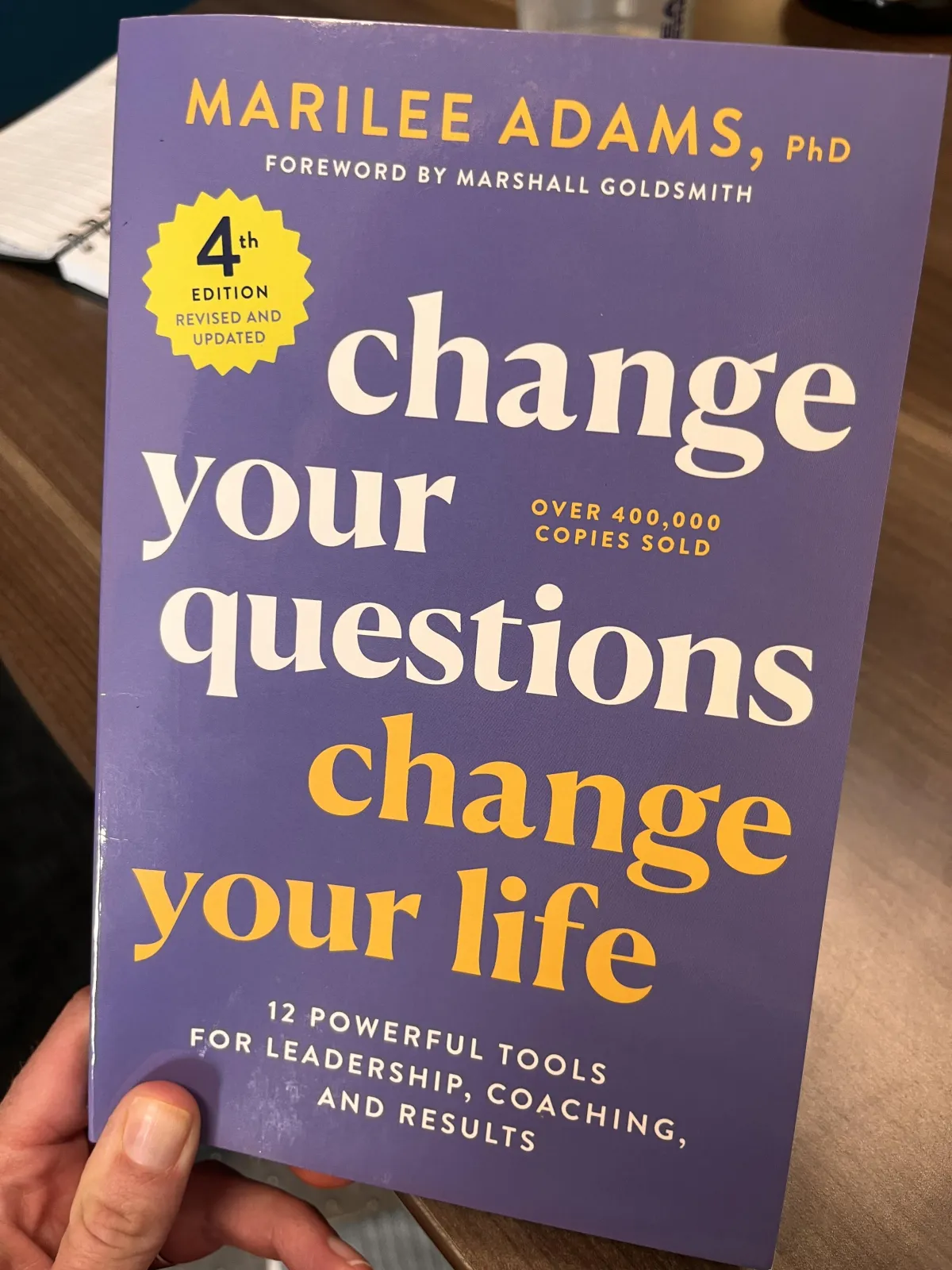
Change our Questions, change
your life
by Marilee Adams, 4th Edition
Change Your Questions, Change Your Life by Marilee Adams is a thought-provoking and transformative guide that explores the profound impact that the questions we ask can have on our lives, leadership, and relationships. In its 4th Edition, this book continues to provide valuable insights into how shifting our questions can lead to personal and professional growth.
Leading a book club at work last year using this book was an enlightening experience, and it sparked engaging discussions about how our questioning habits shape our perceptions and outcomes.
The Power of Questions
Adams begins by highlighting the fundamental idea that the questions we ask ourselves and others significantly influence our experiences and interactions. The book introduces a central concept: the distinction between a "Learner" mindset and a "Judger" mindset. Understanding these mindsets is key to leveraging the power of questions effectively.
Learner vs. Judger Mindset
The Learner mindset is characterized by curiosity, openness, and a willingness to explore new perspectives. When operating from this mindset, individuals ask questions that seek to understand and uncover possibilities. Questions in this mindset are designed to explore, learn, and grow. For example, questions like "What can I learn from this situation?" or "How might we approach this problem differently?" embody the Learner mindset. They encourage exploration and foster a collaborative environment.
In contrast, the Judger mindset is often driven by judgment, criticism, and a focus on finding faults or assigning blame. Questions arising from this mindset are typically aimed at validating one's own position or proving others wrong. Examples of such questions include "Why did this happen to me?" or "Who is responsible for this mess?" These questions tend to close down dialogue and hinder problem-solving by focusing on what went wrong rather than how to move forward.
Adams explains that both mindsets exist within us all, and the key to personal growth is learning how to navigate between them effectively. Recognizing when we are operating from a Judger mindset allows us to consciously shift to a Learner mindset, thereby fostering more constructive and innovative interactions.
Making "Friends" with the Judger
One of the insightful lessons from the book is how to "make friends" with the Judger within us. Rather than attempting to eliminate or deny the Judger mindset, Adams suggests acknowledging and understanding it. The Judger mindset often arises from a place of fear or insecurity, and recognizing this can lead to greater self-awareness and empathy.
By befriending the Judger, we can transform our critical self-talk into a more constructive internal dialogue. For example, if we find ourselves thinking, "I’m not good enough," we can reframe this thought by asking, "What can I learn from this feeling of inadequacy?" This approach not only helps to manage our internal criticisms but also enables us to use them as opportunities for growth and learning.
The Impact on Leadership
A significant portion of the book focuses on the application of these concepts in leadership. Adams emphasizes that effective leadership is closely tied to the quality of the questions leaders ask. The quote by Michael Marquardt, "Poor leaders rarely ask questions of themselves or others. Good leaders, on the other hand, ask many questions. Great leaders ask the great questions," encapsulates this idea perfectly.
Great leaders understand that asking the right questions can unlock potential, inspire teams, and drive innovation. They use questions to engage their teams, foster collaboration, and explore new possibilities. For instance, a great leader might ask, "What are some new approaches we could take to address this challenge?" or "How can we leverage our strengths to achieve this goal?" These questions help to create an environment where creativity and problem-solving can flourish.
In contrast, leaders who do not prioritize questioning may struggle with stagnant thinking and limited perspectives. They may rely on directives and top-down approaches, which can stifle team engagement and hinder progress. Adams provides practical strategies for leaders to cultivate a questioning culture within their organizations, encouraging openness and continuous improvement.
Practical Applications and Visual Tools
One of the strengths of Change Your Questions, Change Your Life is its practical approach to applying the concepts. The book includes various exercises and real-life examples that illustrate how to implement the Learner mindset and effective questioning techniques in everyday situations. This hands-on approach helps readers to integrate the lessons into their personal and professional lives.
The visual aids on the Inquiry Institute’s website are particularly helpful for understanding and applying these concepts. The visual tools available at Inquiry Institute Books complement the book's content by providing clear and engaging representations of the Learner and Judger mindsets, as well as practical frameworks for questioning. These visuals can enhance comprehension and serve as useful reference points for individuals and teams working to improve their questioning habits.
Reflections from the Book Club
Leading a book club at work with Change Your Questions, Change Your Life was an enriching experience. The discussions that emerged from the book highlighted how frequently we unknowingly ask questions from a Judger mindset and how this affects our interactions and problem-solving abilities. Participants shared personal experiences and insights about their own questioning habits and explored how shifting to a Learner mindset could lead to more positive outcomes.
The engagement and reflections from the book club underscored the value of the book's teachings. Many participants reported feeling more empowered to ask thoughtful questions and to approach challenges with a more open and curious attitude. The collaborative nature of the book club discussions also illustrated the practical benefits of adopting a Learner mindset in a team setting.
Conclusion
Change Your Questions, Change Your Life by Marilee Adams is a compelling guide that offers valuable insights into the art of questioning and its impact on personal and professional growth. The book’s exploration of the Learner and Judger mindsets provides a framework for understanding and transforming our questioning habits. By learning to ask more effective questions and making "friends" with the Judger within us, we can unlock greater potential and foster more meaningful interactions.
The practical advice, combined with the engaging visual tools from the Inquiry Institute, makes this book a highly recommended read for anyone interested in personal development, leadership, and effective communication. Whether you are looking to enhance your leadership skills, improve team dynamics, or simply cultivate a more positive mindset, Adams' insights offer a pathway to making transformative changes in how you approach questions and challenges in your life.

